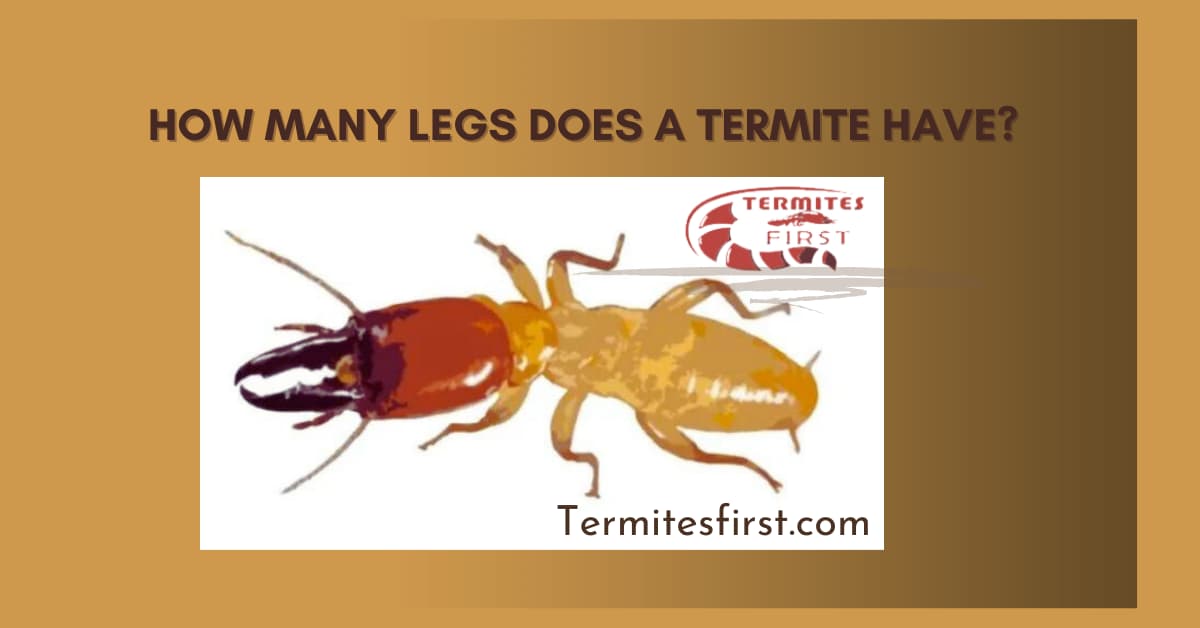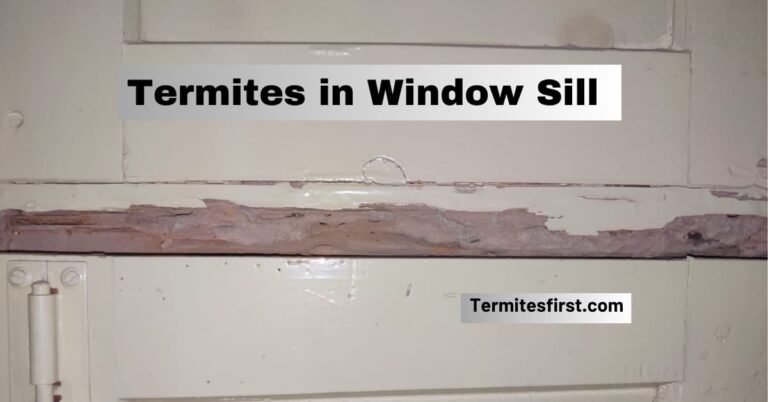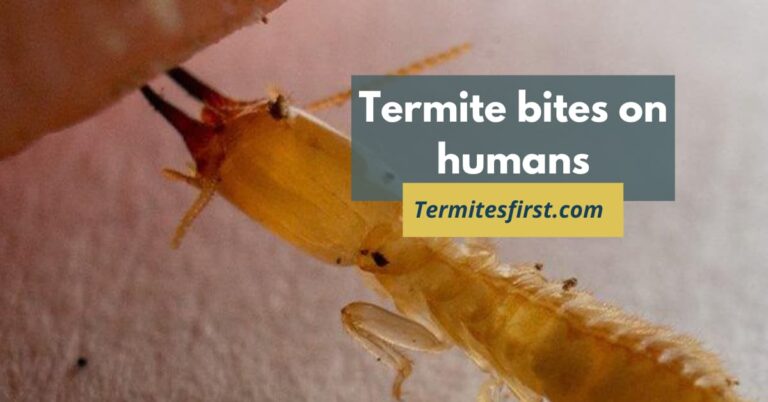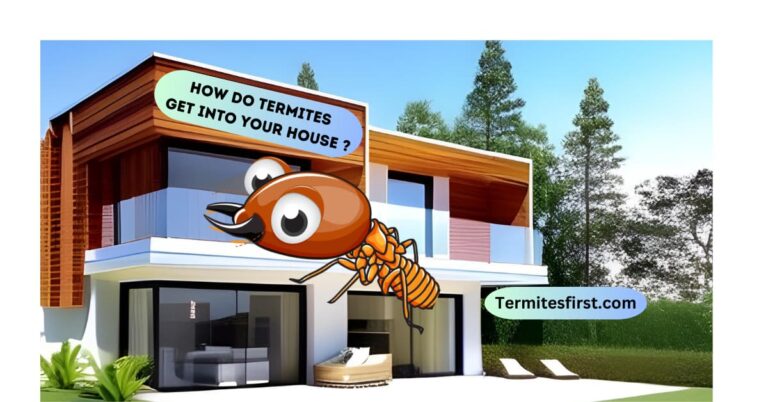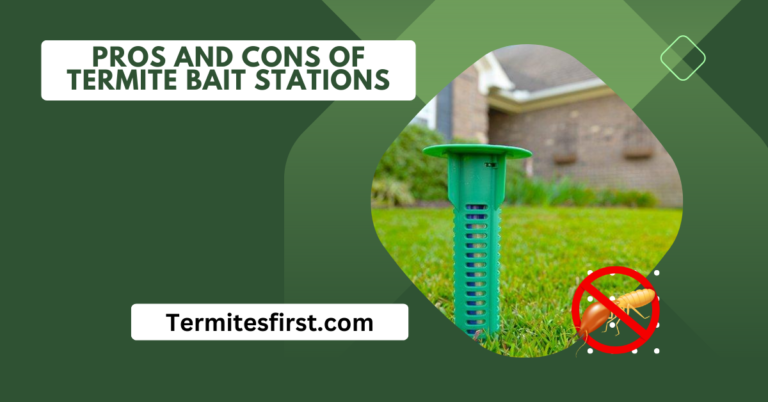How many legs does a termite have?
Let’s discuss termites! These tiny bugs are known for eating wood however, there’s something fascinating about their legs. Why is it crucial to find “how many legs does a termite have“? We’ll discover. In the beginning, we’ll discover the appearance of termites and why knowing their legs is an important issue.
Do Termites have Legs?
I discovered termites recently in my home and was interested in the termites. I was curious about how many legs they might have. Yes, termites do have legs. In general, termites just like the majority of insects have six legs. They played an important function in their movements in hunting for food, constructing the nests and keeping them maintained, and performing different tasks in their colonies.
Termites: Insect Anatomy Unveiled – How Many Legs Do They Have?
Now, let’s take a closer look to understand termites better It’s first important to recognize that termites are insects. They are part of a distinct group known as Isoptera. What is it that makes them insects and what’s the connection with the anatomy of insects in general? Insects, just like termites, belong to the animals. They share a few traits that they share:
Six Legs:
A majority of bugs, like termites, are able to walk on six legs. These legs assist them in moving around, much like our legs assist us in walking.
Three Body Parts:
Insects are divided into three main body parts: the head, the thorax, and the abdomen. It is in the head that the antennae, eyes, and mouthparts are. The thorax is where the feet and wings (if they have wings) are connected. In the abdomen, they’ll find where their internal organs are, as well as the digestive tract.
Exoskeleton:
Insects have a tough outer layer of skin called an exoskeleton. It’s like wearing an armor! This exoskeleton shields them and gives their bodies shape and strength. Now, you are aware that termites are insect species that have legs with 6 legs. They also possess a unique body structure that is similar to their insect counterparts. Knowing these fundamentals lets us understand how termites are part of the amazing world of insects.
Why Termites Need Six Legs: The Functions of a Termite’s Legs
We now know that termites, as do most insects have six legs let’s look at why these limbs are so vital for these incredibly productive creatures.
Forage for Food:
The termites are always searching to find food. It doesn’t matter if it’s wood or delicious treats and their legs are their most reliable companions during this quest. They utilize them to get quickly, discover the surroundings, and find their next food source.
Build Homes:
Termites are known for their incredible construction abilities. They construct intricate tunnels and mounds making soil and wood into amazing architectural marvels. They serve as small construction tools, aiding them in shaping and shaping their houses.
Take care of the Queen:
In a colony of termites, there’s a specific termite that is called the queen. She’s the mainstay of the colony and termites rely on their legs to care for her and their babies. They help groom and feed their queen, ensuring the colony’s survival.
Reproductive Duties:
In reproductive termites, the legs play an essential part. When it comes to swarming that is similar to termite “mating flights,” winged termites depend on their legs in order to travel through through the air to locate suitable partners. Once they’ve paired up they continue to play a role in the establishment of new colonies.
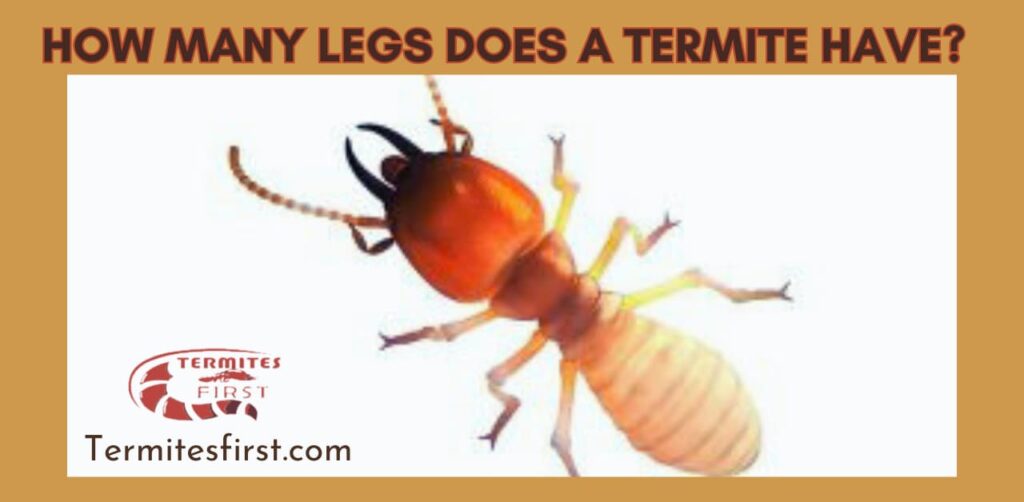
Termite Leg Count: Unraveling the Six-Leg Mystery
After we’ve established that termites are in fact insects, let’s get a grip on their number of legs and the reasons why it’s so important to their daily life.
Six Legs, Just like the Rest:
Like the vast majority of insects, termites are fitted by six legs. You read it exactly! It’s the typical leg count for insects. The six legs serve as their primary method of transportation and manipulation, just like our legs and arms help us communicate with our surroundings.
A Closer Look at Legs:
What’s fascinating about termite legs isn’t just the numbers, but also the way they’re laid out. Termites are able to have 3 pairs of legs, neatly concealed underneath their bodies. They are sturdy and flexible, which allows them to move through tunnels, complete construction tasks, and carry out diverse tasks necessary for their survival.
The significance of Leg Arrangement:
The arrangement and placement of the six legs isn’t a mistake; it’s finely adjusted to the behavior of termites. They are perfectly suited to the tight quarters of their tunnels and nests. They are able to move swiftly through the intricate pathways of their colonies, which ensures the efficient operation of their intricate society.
When you see a termite be aware that the six legs are much more than simply a set of legs. They’re the key to understanding how termites travel through the earth to find food, create homes, and flourish as one of the most amazing architects in nature.
Leg Regrowth in Termites: Their Astonishing Ability to Heal
Termites are not just tough workers but they also possess a fascinating ability to regenerate legs that were lost. Imagine if you could grow legs or an arm the way the tail of a lizard! This remarkable ability can make termites extremely durable.
A Unique Superpower:
Unlike us humans, termites are able to repair themselves. If a termite loses one of its legs while performing everyday tasks such as looking for food or constructing an enclosure, it’s not a huge issue. There is a built-in system to help them regain the leg that was lost.

How Regrowth Happens:
When a termite loses a leg cells within its body spring into action. The cells begin the process of creating the new leg. Slowly, but gradually, they form the various parts in the leg including segments and joints until the leg is as good as the original.
Why it is Important:
Having the power to regenerate legs can be a game changer for termites. They can continue going and doing their job regardless of what goes wrong. The capacity to rebound from injuries and continue to work is an advantage for termites living busy lives.
Living and flourishing:
In the tough underground world of termites it is possible for accidents to occur and threats lurk. However, their leg-regenerating power helps them to survive and thrive. It makes sure that their colonies will keep running strong regardless of any difficulties they face.
When you next observe a termite tunnel and marvel at the tireless work, keep in mind that their ability to regenerate legs that have been lost is an indication of their amazing ability to adapt and their toughness.
Conclusion:-
Termites, the tiny insects you often see eating wood, have an easy solution to how many legs they have. Like most insects with six legs. However, these little legs make a huge issue for termites. They utilize them for amazing tasks like constructing intricate houses underground, searching for their favorite food source (wood), and caring for their huge termite family. The legs are specially designed tools for termites that help them to succeed in their hectic lives. When you encounter a termite be aware of these six legs as the key to the success of the insect world.
FAQ’s:-
No, termites do not have 4 legs. Termites, like most insects, typically have 6 legs. These legs play a crucial role in their movement, foraging for food, building nests, and performing various tasks within their colonies. Having six legs is a common feature among insects, and termites are no different in this regard.
Yes, termites do lay eggs. In a termite colony, there’s a special termite called the queen, and her main job is to lay eggs. She’s like the colony’s baby-making machine and can lay lots of eggs every day. These eggs hatch into baby termites called nymphs, and they grow up to be different types of termites, like workers, soldiers, and future kings and queens, depending on what the colony needs.
Yes, termites have eyes, but their eyesight isn’t great. They have small and simple eyes called “ocelli” or “stemmata.” These eyes can sense light and dark, but they can’t see detailed images like we do.
Yes, termites have something similar to teeth, but not quite like human teeth. They have special mouthparts, including strong jaws called mandibles, designed for chewing and breaking down cellulose, which is the main part of wood and plants.
No, termites are not all female. Termite colonies consist of various castes, which include both males and females. The most prominent members of the colony are the king and queen, which are reproductive individuals. The queen is a female responsible for laying eggs, while the king is a male responsible for fertilizing the queen’s eggs.

